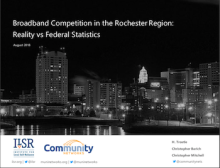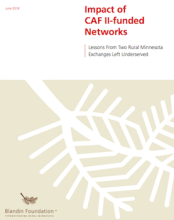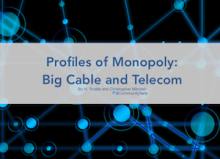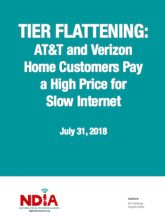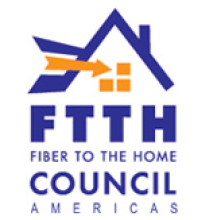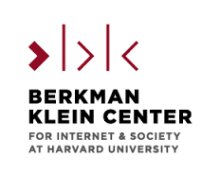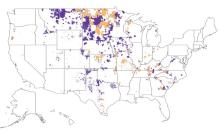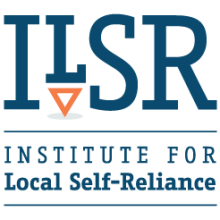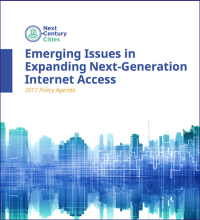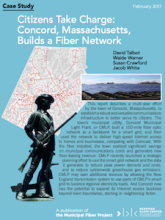Broadband Competition in the Rochester Region: Reality vs Federal Statistics
In this policy brief, we highlight the gulf between FCC broadband data for Rochester and what’s actually available to residents by examining local competition.
Rochester Competition: Not All it Appears to Be
The city, home to the world-famous Mayo Clinic, had previously considered building a municipal network, but the idea was dropped, in part because of the incorrect perception that enough competition already exists between Internet service providers. Our analysis and the corresponding maps reveal that broadband competition in the region is more limited than many realize.
The policy brief concludes:
“Overall, Charter and CenturyLink compete for the urban center of Rochester, while the rural areas rely almost exclusively on fixed wireless for broadband service. Even where residents have a choice in broadband, anyone looking for speeds in excess of 40 Mbps will almost certainly have to subscribe to Charter Spectrum. This is why more cities, especially those with municipal electric services, are considering how smart local investments can ensure more consumer choices and a working market for these essential services.”
Read more details about the situation in Rochester; download the policy brief Broadband Competition in the Rochester Region: Reality vs Federal Statistics here.


